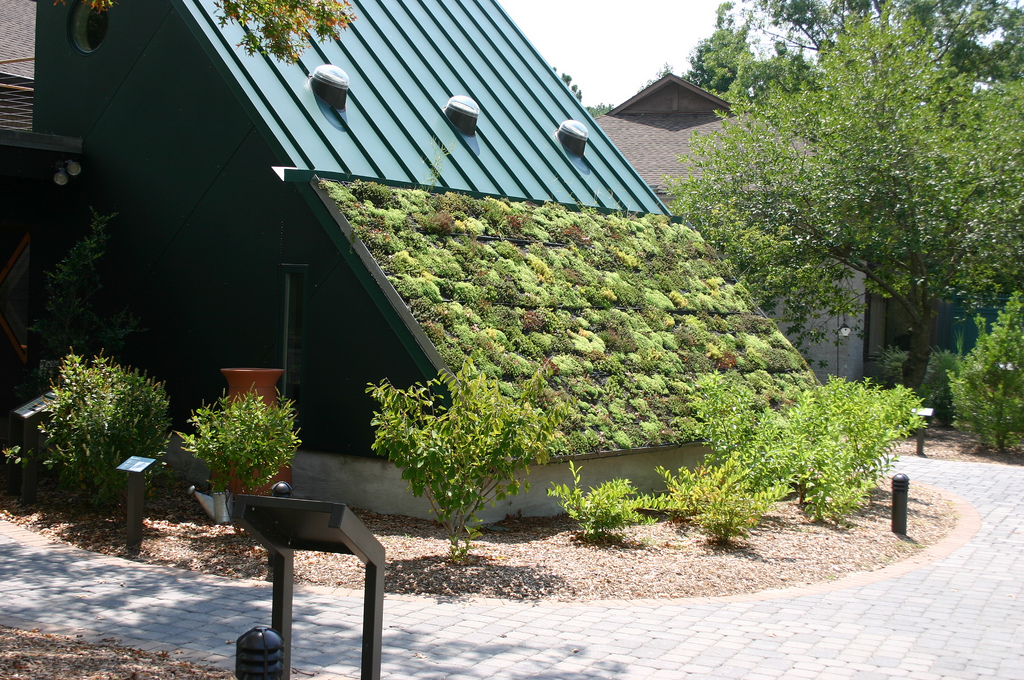
When you think about changing things at home to make it more eco-friendly, what comes to mind? A montage of CFL bulbs and solar panels probably just played in your head, right? That’s totally normal. And it is usually why many people only think about making changes instead of actually making them: there are so many options and ways to change that choosing feels overwhelming. Let’s take a look at some that are easy to manage and that you can do right now.
Call Your Provider
Here’s the good news: the federal electrical grid requires power providers to incorporate sustainable and renewable power into their municipal supplies. This means that you are already getting at least some of your power from renewable sources. That’s great! If you would like to use only renewably sourced power, however, you will need to contact your provider and make that change. It often means paying a little bit extra every month but if you live in a state with a deregulated energy market you can often shop around for deals. Many states have sites designed to help you compare and contrast plans–click here for an example that is local to Texas.
Windows Windows Windows
Take advantage of natural light as much as possible. Arrange your furniture to allow you to use daylight for reading and working for as much of the day as you can.
Usually, this is where energy experts will recommend that you replace your windows with newer energy saving alternatives but that is costly and window replacement can eat up a lot of time. Instead, treat your windows yourself with film! You probably already know that covering your windows with clear plastic sheeting or film can help you dramatically reduce heat leaching during the winter months. Did you know, though, that there is also film that you can install during the summer months that will absorb heat and keep it from turning your windows into giant magnifying glasses? It’s true! Users report that using heat absorption film during the summer reduces the temperature in their homes by 10 degrees or even more–even though they let in just as much light!
Creative Cooking
A fireplace is a great source of heat during the winter. It can also be a great source of heat when you want to do some cooking. While we wouldn’t recommend cooking every meal in your fireplace (especially if you’re cooking for more than a couple of people), using it for a couple of meals each week isn’t a bad idea. You’ll get to use your camping cook gear year round!
Another option is to use your grill–yes, even when it is cold–to cook meals. This reduces your power consumption and, in many cases, helps you eat more healthfully.
Lighting Matters
CFL bulbs are not that much better than incandescents. Sure they use less power, but they also contain mercury, which is bad for the environment. The best bulbs you can use are LEDs. They’re bright, they don’t take forever to “warm up” and they use a fraction of the energy that incandescents and CFLs use. They are still pretty spendy, though, so don’t run out and buy a bunch right now. Simply replace your bulbs as they burn out.
Using solar powered lights is another good idea. You can use these in your yard and on your porch to reduce your power consumption. You can also repurpose them into indoor lighting devices. They won’t light up a whole room but they’re great for creating some ambiance.
Plant Some Stuff!
Even if you live in an apartment you can do some gardening. You don’t have to plant anything big or super high maintenance, but having plants is always a good idea. They can help scrub the air and, if you plant herbs, spices, veggies, fruits, etc–can reduce the number of trips you need to make to the grocery store, which helps reduce your carbon footprint.
These all might seem pretty basic but ask yourself: have you put any of these basic ideas into practice yet? Starting small and basic is the best way to build momentum for larger changes later on, so get to it!